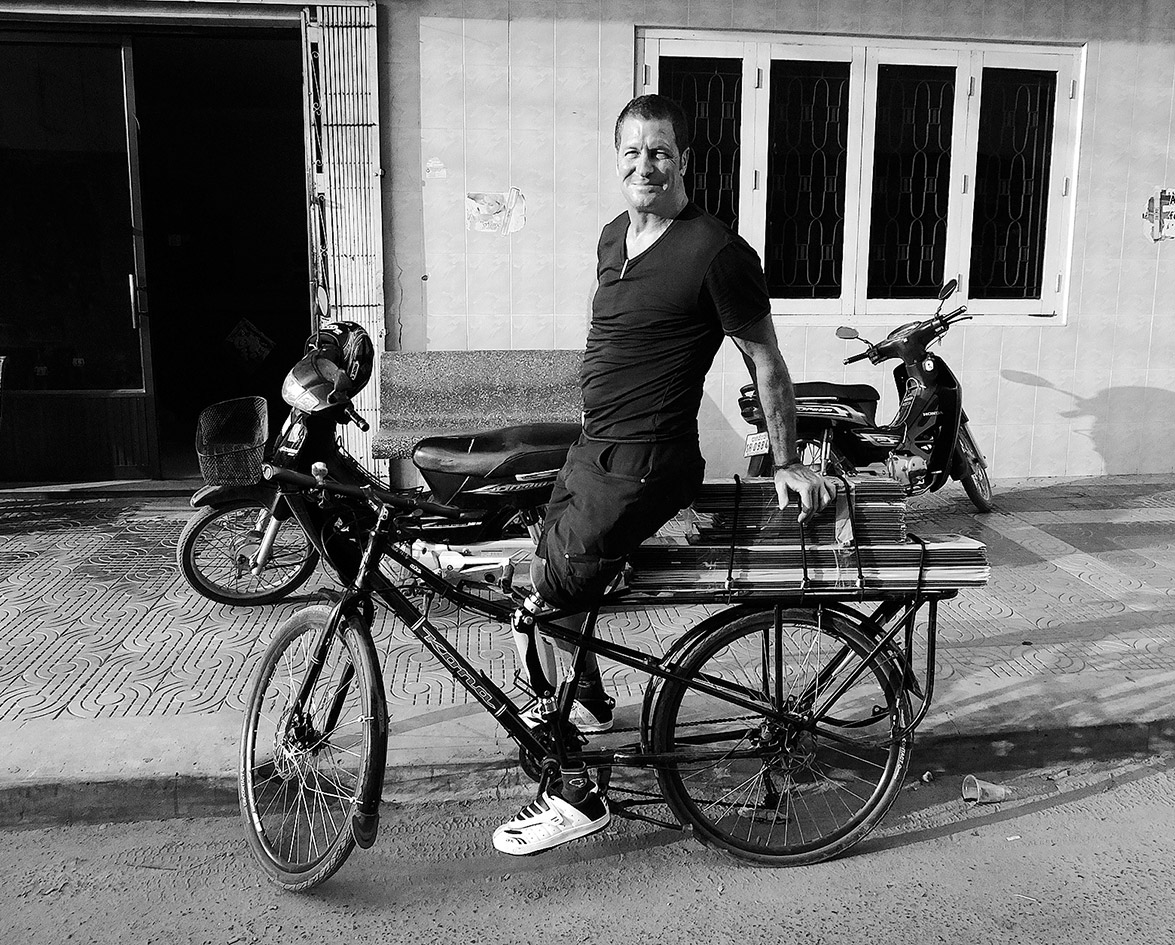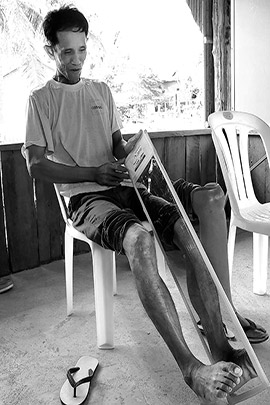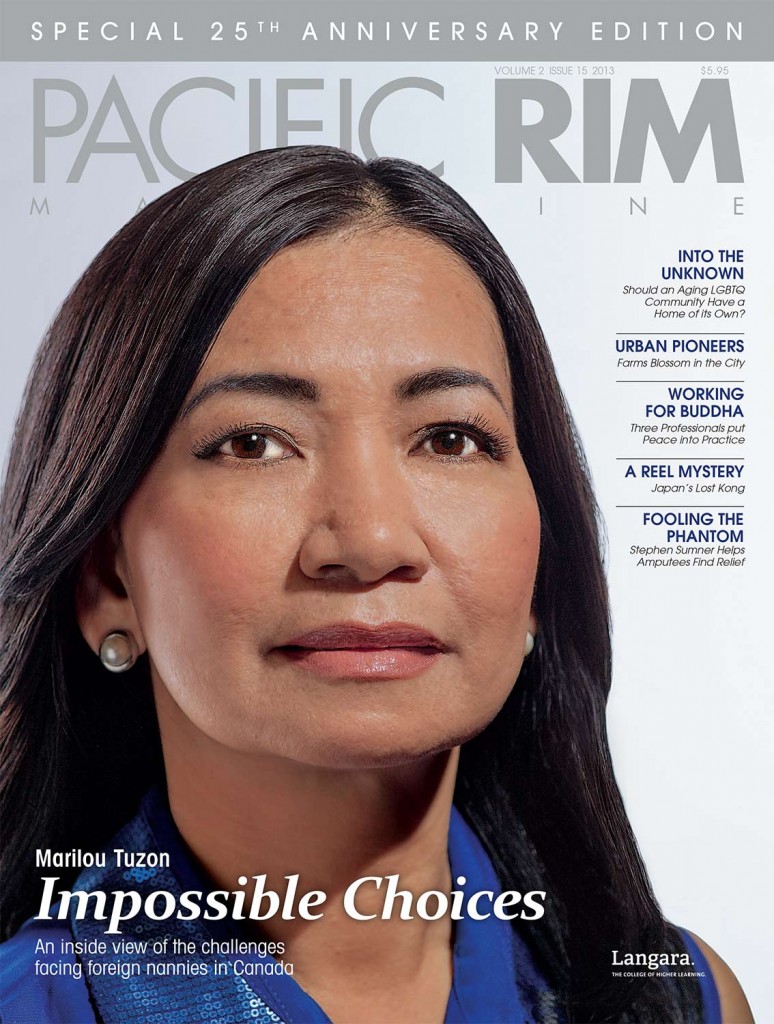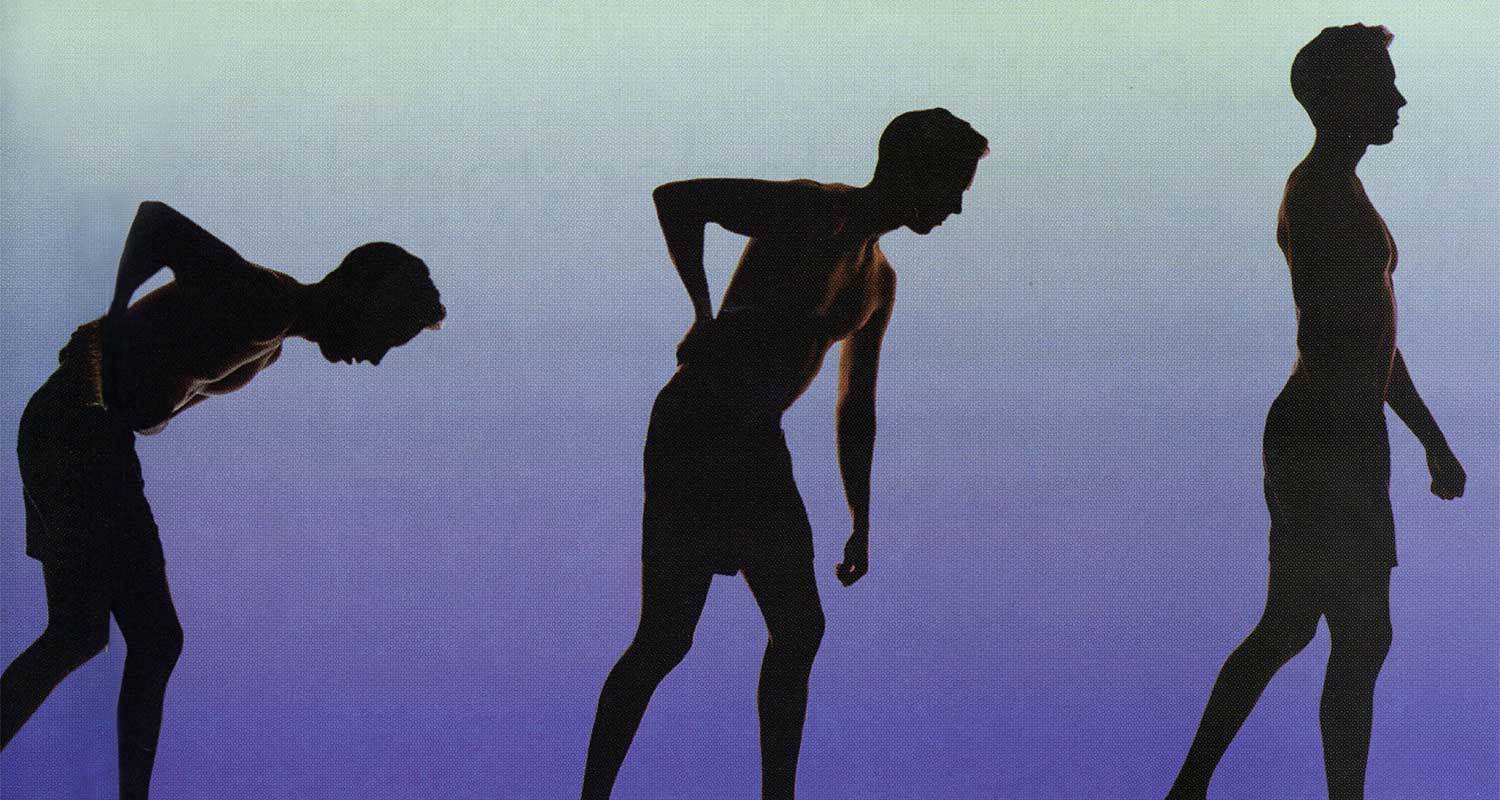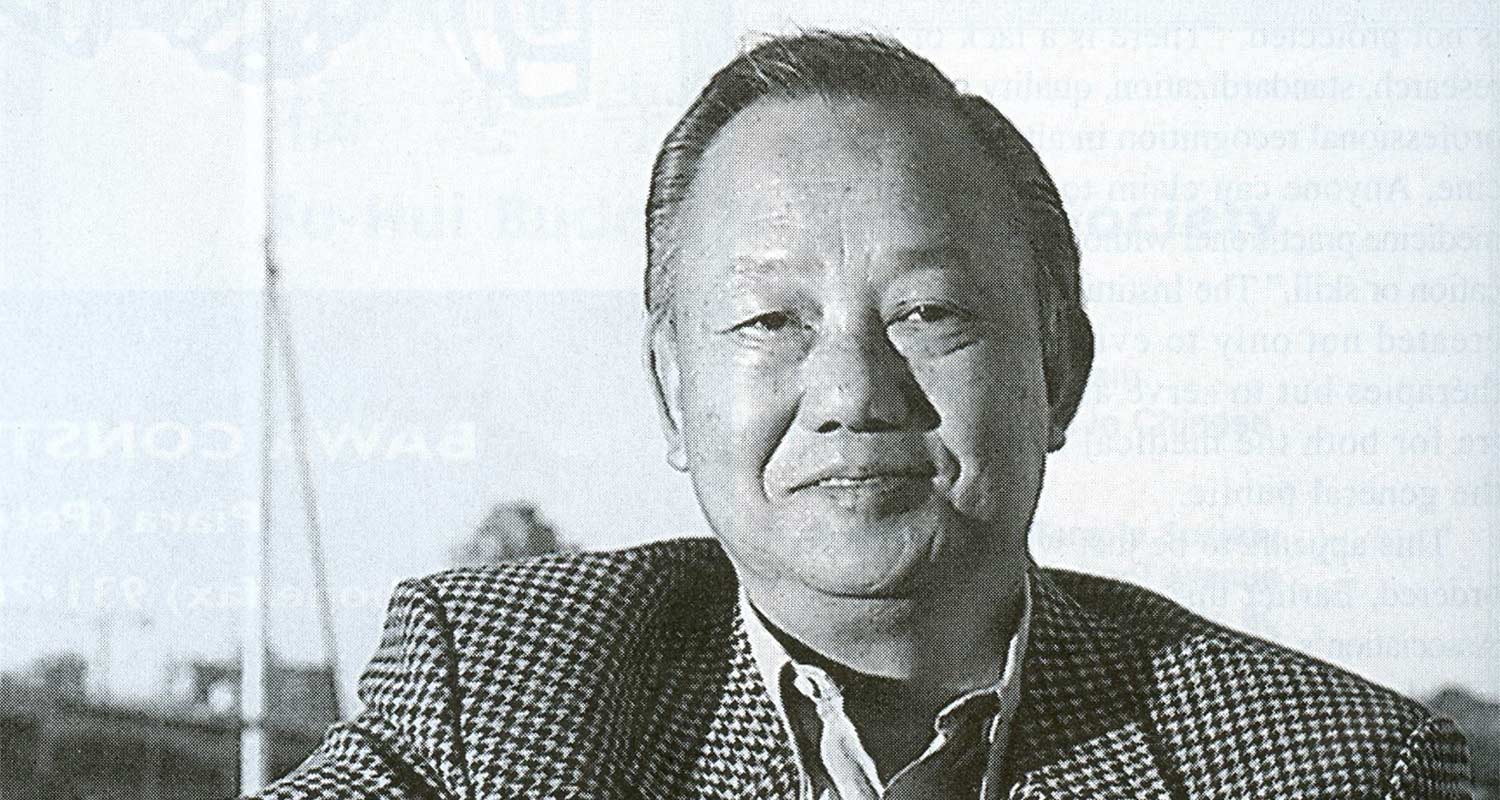Stephen Sumner lay in bed, sleepless, bracing himself for the next shock of pain. Every 45 seconds, like clockwork, an electrifying shock shot up his left leg and spread over his entire body. It was like, he says, “being spiked with a cattle prod day and night.” The bizarre thing was: Sumner no longer had a left leg.
The Accident
In 2004, Sumner went to Tuscany for a three-month trip. Five weeks into the trip, while riding his motorcycle home, he was hit by a truck and left for dead.
Sumner was left lying alone in a farmer’s field fearing that no one would find him. “The tiny rural area where I was, was just sheep and vineyards and olive groves and everybody goes to bed at 8 p.m.”
When asked what was going through his head at the time he says, “Happily I don’t remember much. I have scattered strobe-like memories that I don’t trust.” One thing Sumner will always remember is being discovered late that night by the nephew of the shepherd who owned the field. He was coming home from practising with his band. “I got saved by rock and roll,” says Sumner.
Discovering And Dealing With Phantom Limb Pain
For years after the accident, Sumner experienced daily pain known as phantom limb pain, which affects the majority of amputees. Phantom limb pain causes spasms that affect an amputee’s whole body, as well as their ability to function in society. “It’s like having Tourette syndrome but worse,” Sumner explains, “because you do scream out and usually they are obscenities, but you also have pain. Very, very real pain.”
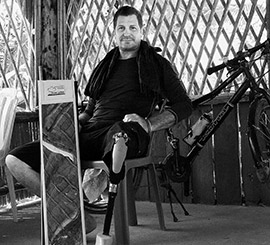
In 2007 Sumner was driven to desperation by a particularly bad phantom pain event consisting of three days of non-stop pain. He drove to the nearest store and bought a mirror to try an unusual cure he had read about online: mirror therapy. As soon as Sumner propped the mirror against his left thigh and looked at the reflection of his good leg superimposed over his missing limb, he felt relief. He had essentially tricked his panicked brain into believing he was no longer an amputee. After five weeks of looking at his leg’s reflection twice a day for ten minutes, his phantom pain was cured.
Sharing The Cure
Since mirror therapy made such a difference in his life, Sumner wanted to share the cure with other amputees who may not have access to it. In December 2011, he flew to Cambodia where over 40,000 people have lost their limbs because of landmines left from three decades of war. Cambodia has one of the highest numbers of amputees per capita in the world.
However, as Sumner presented his mirror therapy to the clinics and organizations to get their support he met an unexpected obstacle. In Cambodia, amputees are considered crazy if they admit to feeling phantom limb pain. A clinic Sumner visited did not include phantom limb pain on their questionnaires or ask the amputees about it. “He had to first convince them that he’s an OK guy and persuade them to listen to him,” says Bill Irwin, Sumner’s friend and local contact in Cambodia. “Then he had to get them to admit ‘I get that crazy pain.’ ”
As word of his work spread from village to village, Sumner’s work became slightly easier. Non-government organizations (NGOs) like the Cambodian Trust agreed to assist his efforts. Sumner stayed in Cambodia for six months, cycling across the country and giving away countless mirrors. He taught amputees how to use mirror therapy to cure their phantom pain and inspired them to maintain an active lifestyle.
In February 2013, Sumner returned to Cambodia to continue to spread the word about mirror therapy. He focused on teaching the cure to local trauma center employees and prosthetic clinics in hopes of reaching even more amputees after his departure.
Irwin attributes much of Sumner’s success to his friendly personality. “He’s not your regular officious NGO guy. He rides up on his bicycle with a smile on his face and a bunch of mirrors.”
Support Stephen Sumner by following his mirror therapy journeys in Southeast Asia at meandmymirror.org.





